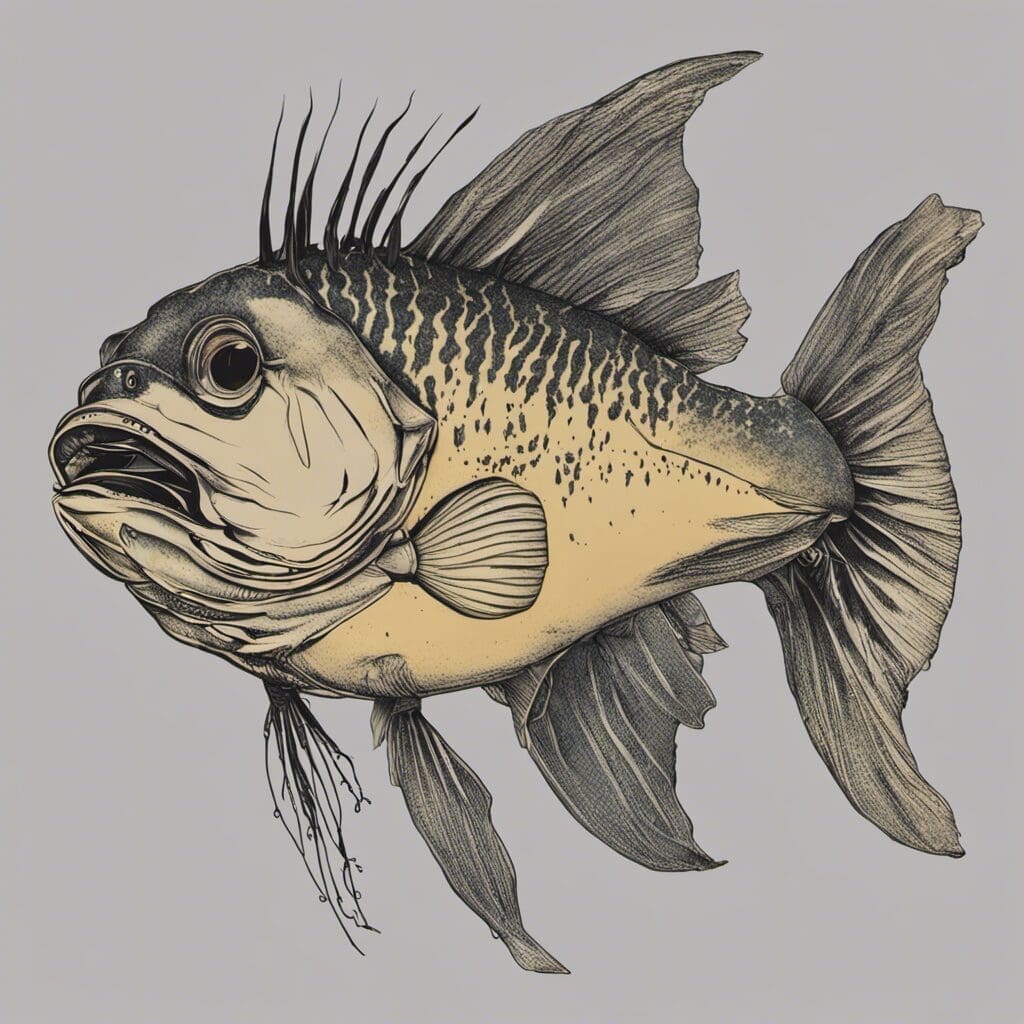Introduction
Bullhead is a freshwater fish species of the Ictaluridae family. There are several species of bullhead fish, with the most common ones being the black bullhead (Ameiurus melas), brown bullhead (Ameiurus nebulosus), and yellow bullhead (Ameiurus natalis).
Conservation Status
Bullhead species are generally considered “Least Concern” according to the International Union for Conservation of Nature (IUCN) due to their widespread distribution and high population numbers. No formal conservation efforts are specific to bullheads, but they benefit indirectly from wider freshwater preservation initiatives.
Statistics
| Average Length | 8-14 inches |
|---|---|
| Length Range | 6-20 inches |
| Average Weight | 1-2 pounds |
| Weight Range | Less than 1 ounce to 8 pounds |
| Average Lifespan | 5-10 years |
Distribution
The bullhead species are native to North America. They inhabit regions from Canada to Northern Mexico. The species do not significantly migrate but can extend their range in response to an increase in available habitats due to human-made reservoirs and ponds.
Habitats
Bullheads are freshwater fish favoring lakes, ponds, and slow-flowing rivers with soft bottoms. They often dwell at depths that range from shallow margins to about 5 meters. The suitable temperature range for bullheads is from 0°C to 32°C.
When and Where to See
Bullheads are active throughout the year and are more active at night. They can often be spotted in shallower water during the spring and fall seasons.
Best Fishing Locations
Some of the top locations to fish bullheads include:
- Rice Lake, Ontario, Canada
- Snake River, Idaho, USA
- Clear Lake, California, USA
- Kissimmee Chain of Lakes, Florida, USA
- Potomac River, Maryland/West Virginia, USA
To find bullheads, look for quiet, calm waters with plenty of hiding spots or vegetation.
How to Catch
Bullhead fish can be caught using a variety of bait, but they seem to prefer worms, minnows, andvarious types of processed bait. Common fishing techniques include bottom fishing and still fishing. Nighttime is often the best for fishing bullheads as they are nocturnal.
Identification Guide
Bullhead fish are characterized by their flattened bellies and the presence of barbels around the mouth. The color varies among species, with black, brown, and yellow bullheads featuring dark, mottled brown, and yellow to white hues respectively.
Culinary
Bullhead fish are edible and have a rich, sweet flavor. The fish is lean and best cooked through grilling, frying, or baking. Their nutritional profile includes high amounts of protein and Omega-3 fatty acids.
Additional Information
Bullheads are solitary fish with nocturnal feeding habits. They are primarily bottom feeders, preying on small invertebrates, other fish, and occasionally plant matter. Their main predators include larger fish species and birds. Bullheads are prolific breeders, with females laying hundreds of eggs in a single season.
References and Further Reading
For more information about Bullhead species, consider consulting the following sources:
• The Complete Fisherman’s Catalog by Ed Zern and Nick Lyons
• Bullhead Fishing Secrets: Tips, Techniques and Tactics by Tim Scott
• North American Freshwater Fishes: Natural History, Ecology, and Conservation by John B. Moyle
Always acquire responsible fishing habits and follow local regulations when handling any fish species, including bullheads

